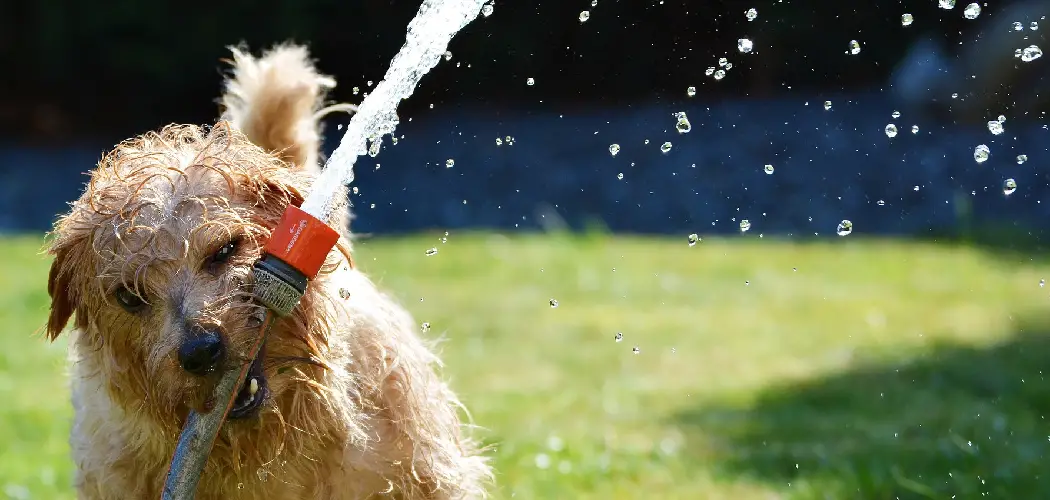Keeping dogs cool during hot weather is essential for their health and well-being, especially for those that spend most of their time outdoors.
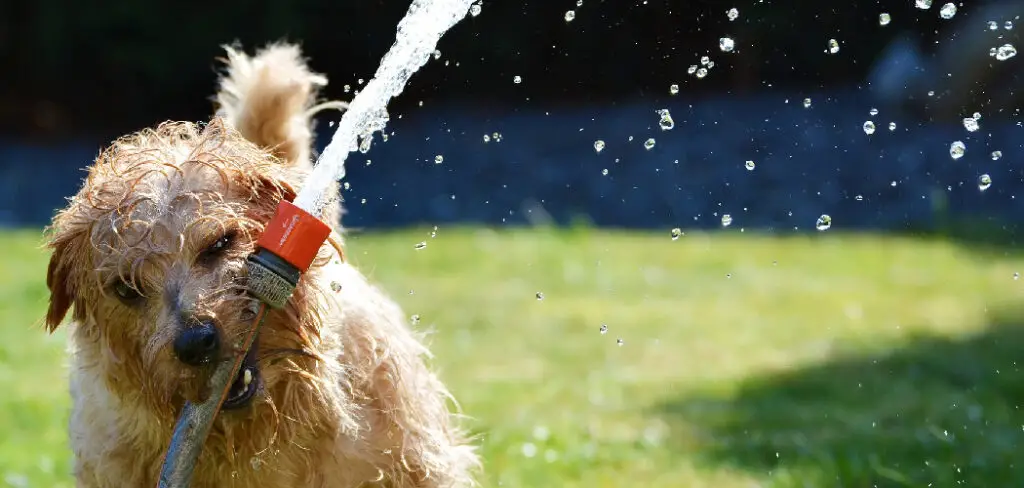
Extreme heat can lead to dehydration, heatstroke, or other serious health issues, making it crucial to take steps to ensure your dog’s comfort and safety. This guide provides practical tips and strategies for how to keep outside dogs cool.
Signs Your Outdoor Dog Is Overheating
Recognizing the signs of overheating in outdoor dogs is critical to preventing serious health complications. Common symptoms include excessive panting, drooling, and lethargy. Your dog may also exhibit bright red gums, a dry nose, or an elevated heart rate.
More severe signs include vomiting, diarrhea, or uncoordinated movements, which could indicate heatstroke. If you notice your dog collapsing, becoming unresponsive, or showing any of these symptoms, it’s crucial to act quickly by moving them to a cooler area and contacting a veterinarian immediately. Being attentive to these warning signs can help protect your dog’s health during hot weather.
10 Methods How to Keep outside Dogs Cool
1. Provide Ample Shade Throughout the Day
When it comes to keeping outside dogs cool, ensuring they have consistent access to shade is one of the most critical and humane steps. Shade protects dogs from direct sun exposure, which can rapidly overheat their bodies—especially during peak summer hours. Trees, awnings, covered patios, dog houses with ventilated roofs, or even a tarp stretched between poles can create effective shade zones.
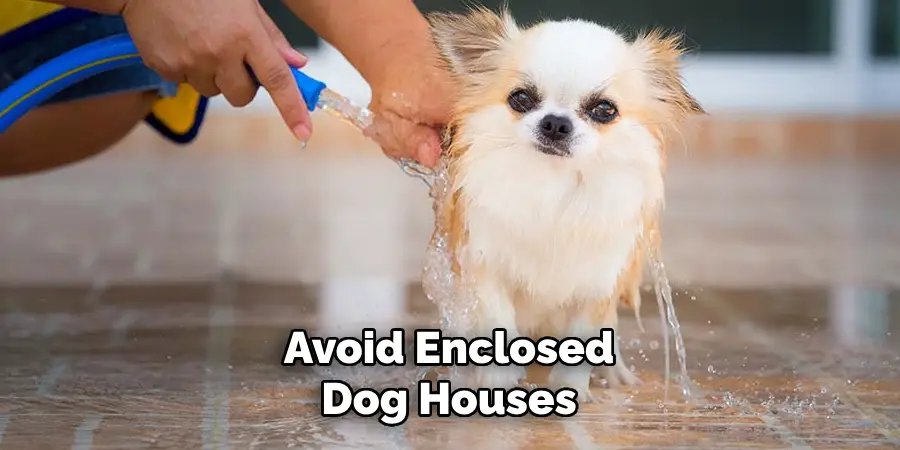
However, not all shade is equal—ventilation is essential. Avoid enclosed dog houses that trap heat; instead, opt for open-air shelters or place their shaded area in a spot that benefits from a breeze. Reposition shade structures as needed throughout the day to accommodate the sun’s movement, making sure your dog always has a cool refuge.
2. Keep Fresh, Cool Water Available at All Times
Hydration is essential for regulating a dog’s body temperature, especially when they’re exposed to heat. Ensure your outdoor dog has access to a large, clean water bowl that’s refilled regularly. Place the bowl in a shaded area to keep it cooler longer, and consider using insulated water bowls or ceramic containers that resist heating.
On exceptionally hot days, drop a few ice cubes into the bowl to keep the water chilled. For dogs who tip over bowls, weighted or automatic water dispensers are a great investment. In extreme heat, dehydration can occur rapidly, so consistent access to cool water could be lifesaving.
3. Set Up a Kiddie Pool or Splash Pad for Water Play
Many dogs love water, and a small kiddie pool can provide hours of refreshing relief. Fill it with a few inches of water and place it in the shade. Your dog can lie down, splash around, or drink as needed.
This method is especially effective for breeds like Labradors, Golden Retrievers, and other water-loving dogs. For smaller or short-legged breeds, a low-profile splash pad or shallow basin works just as well. Supervise the fun if your dog isn’t a strong swimmer, and change the water daily to prevent mosquito breeding or bacterial growth.
4. Limit Exercise to Early Morning or Late Evening
Avoid walking or playing with your dog during the hottest parts of the day, typically between 11 a.m. and 4 p.m. During this time, heat and humidity are at their peak, and even short exertion can lead to heatstroke. Instead, schedule exercise early in the morning or after the sun begins to set.
Not only is the air cooler, but pavement and grass surfaces are less likely to burn your dog’s paw pads. If you must be outdoors during hotter hours, keep the activity gentle, short, and followed by ample water and rest.
5. Use Cooling Mats or Damp Towels for Resting
Dogs cool themselves through their paws and belly, so providing a cool surface for them to lie on is incredibly beneficial. Cooling mats—gel-filled pads that stay several degrees cooler than ambient air—can be placed in shady areas or inside shelters.
Alternatively, dampen a towel or blanket with cool (not cold) water and lay it where your dog likes to rest. Re-wet as needed throughout the day. These surfaces offer immediate heat relief, especially for breeds with thick fur or dogs with flat faces, such as bulldogs and pugs, which are more prone to overheating.
6. Groom Regularly but Don’t Shave Double-Coated Breeds
Proper grooming plays a vital role in temperature regulation. Brushing your dog regularly helps remove excess undercoat and tangles, which can trap heat close to the skin. However, shaving double-coated breeds like Huskies, Golden Retrievers, or German Shepherds can do more harm than good.
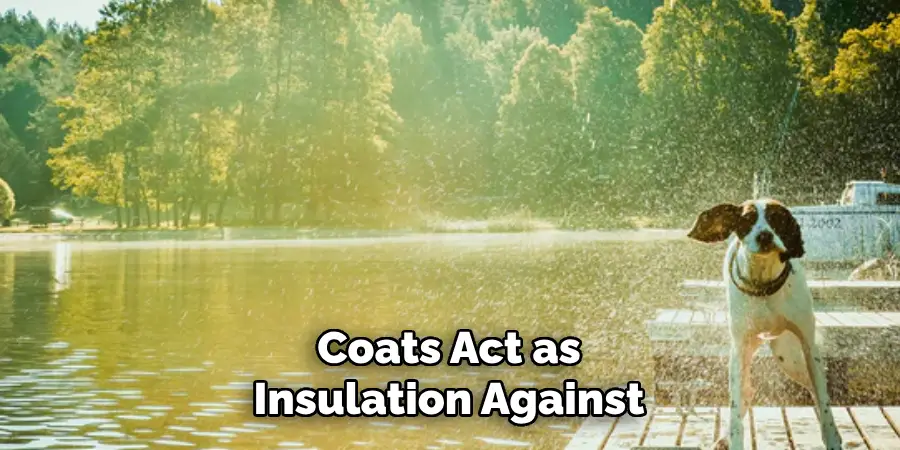
These dogs’ coats act as insulation against both cold and heat, and removing them entirely can increase sunburn risk and interfere with their natural cooling. Instead, trim long fur slightly and focus on detangling and de-shedding with appropriate tools. For single-coated dogs, a light summer trim may be beneficial—but always consult a professional groomer first.
7. Offer Frozen Treats or Ice Cubes to Cool from Within
Dogs enjoy frozen treats just as much as people do. Offer them ice cubes or prepare homemade dog-safe popsicles using broth, plain yogurt, or blended fruit like banana and blueberries. Pour the mixture into ice trays or silicone molds and freeze overnight. Chewing on ice or licking a frozen treat can help lower your dog’s internal body temperature and keep them entertained. Be sure the ingredients are safe and avoid artificial sweeteners like xylitol, which is toxic to dogs. Frozen carrots, cucumbers, or apple slices (seedless) also make great cooling, crunchy snacks.
8. Create Cross-Breeze Ventilation Around Their Shelter
If your dog stays in a kennel or dog house outdoors, ventilation is vital. Without airflow, even shaded shelters can become stifling in high heat. Ensure the dog house has vents or windows to allow for cross-breeze circulation. You can also raise the shelter slightly off the ground to allow cooler air to flow underneath.
For added comfort, place a small battery-operated fan near the opening or inside the shelter (safely secured). Breezy areas promote evaporation and help your dog naturally cool through panting and their paw pads.
9. Avoid Hot Surfaces That Can Burn Paws
Pavement, concrete, artificial turf, and even wooden decks can become dangerously hot under the sun. Before letting your dog walk or lie on any surface, do a quick test—place your palm on it for 5 seconds. If it’s too hot for you, it’s too hot for them.
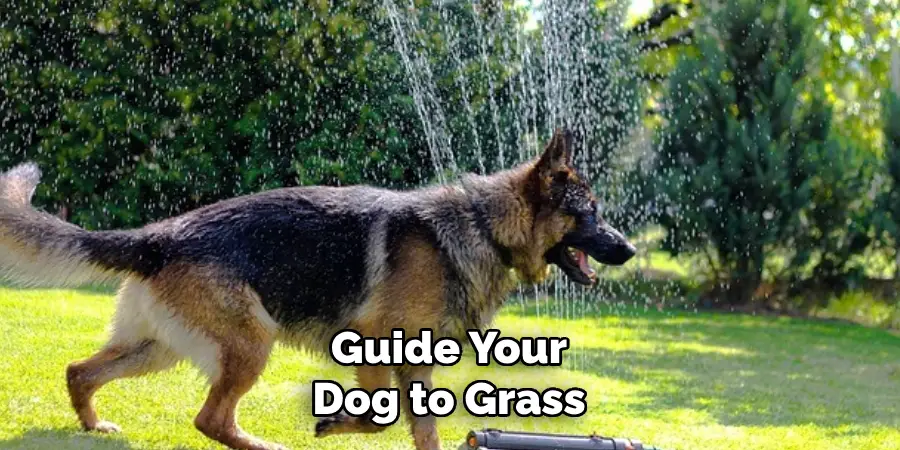
Instead, guide your dog to grass, soil, or shaded surfaces when walking or playing outside. If your dog must cross hot areas, consider using dog booties to protect their paws. Burned paws are painful, can become infected, and make it harder for dogs to cool down naturally.
10. Know the Signs of Overheating and Act Fast
Even with the best precautions, dogs can overheat quickly in hot weather. Knowing the warning signs can be the difference between life and death. Symptoms include excessive panting, drooling, lethargy, bright red gums, vomiting, unsteadiness, or collapse. If you notice any of these, immediately move your dog to a cool, shaded area, offer water, and apply cool (not icy) wet towels to their belly, armpits, and paws.
Never immerse a hot dog in cold water—it can cause shock. Contact a veterinarian right away. Quick action can save your dog’s life, so stay observant during hot days.
Maintenance and Upkeep
Regular maintenance and upkeep are essential to ensure your dog’s health and well-being, especially as seasons change. Keep your dog well-groomed by brushing their coat regularly to remove loose fur and prevent matting, which can trap heat. Trim their nails as needed to maintain proper movement and comfort. Make sure their bedding and living areas are clean, dry, and well-ventilated to provide a safe and hygienic environment.
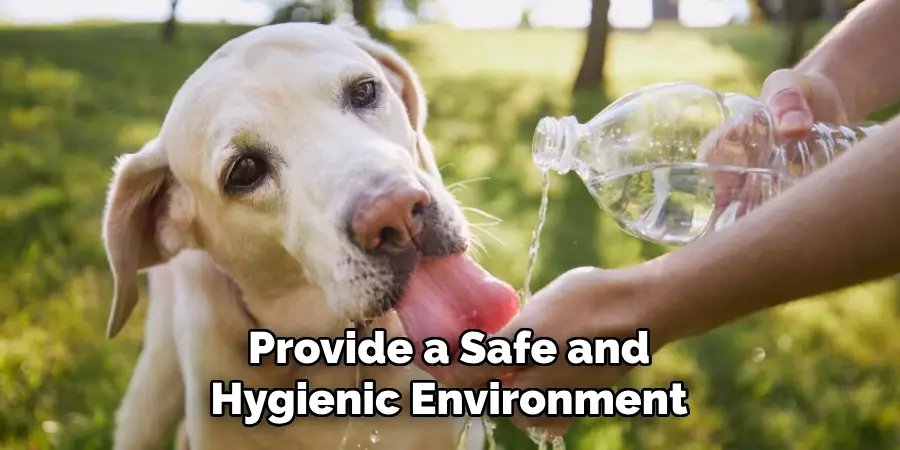
Additionally, check their food and water bowls daily, keeping them clean and ensuring fresh water is available at all times. Routine checkups with the veterinarian are also critical for monitoring your dog’s overall health and addressing any emerging issues promptly. Consistent care not only improves your dog’s quality of life but cultivates a stronger bond between you and your furry companion.
Conclusion
Keeping outdoor dogs cool in the heat is not only about comfort—it’s about survival. Whether your dog is a full-time outdoor companion or spends only part of the day outside, these ten methods—from offering ample shade and cool water to using frozen treats and recognizing heatstroke—can protect them during hot weather.
With a proactive, attentive approach, you ensure your four-legged friend stays safe, happy, and healthy, no matter how high the temperature rises. Thanks for reading, and we hope this has given you some inspiration on how to keep outside dogs cool!

